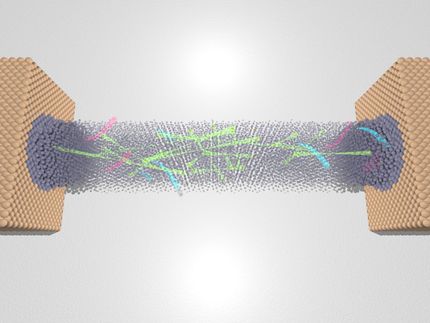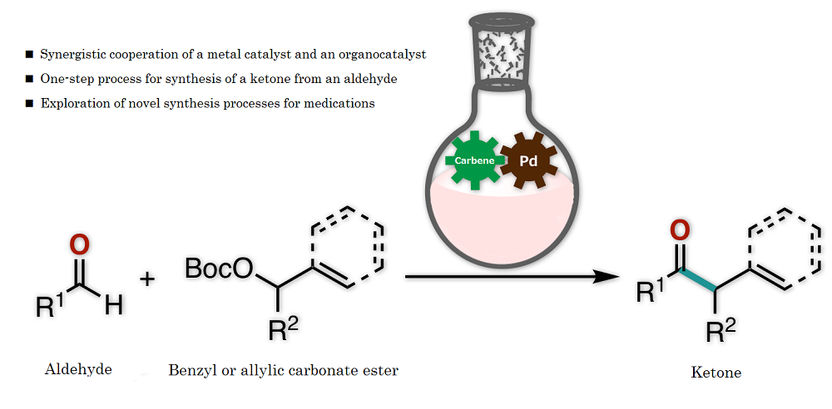Promising new approach for controlled fabrication of carbon nanostructures
Advertisement
An international team of researchers including Professor Federico Rosei and members of his group at INRS has developed a new strategy for fabricating atomically controlled carbon nanostructures used in molecular carbon-based electronics. An article presents their findings: the complete electronic structure of a conjugated organic polymer, and the influence of the substrate on its electronic properties.
The researchers combined two procedures previously developed in Professor Rosei's lab--molecular self-assembly and chain polymerization--to produce a network of long-range poly(para-phenylene) (PPP) nanowires on a copper (Cu) surface. Using advanced technologies such as scanning tunneling microscopy and photoelectron spectroscopy as well as theoretical models, they were able to describe the morphology and electronic structure of these nanostructures.
"We provide a complete description of the band structure and also highlight the strong interaction between the polymer and the substrate, which explains both the decreased bandgap and the metallic nature of the new chains. Even with this hybridization, the PPP bands display a quasi one-dimensional dispersion in conductive polymeric nanowires," said Professor Federico Rosei, one of the authors of the study.
Although further research is needed to fully describe the electronic properties of these nanostructures, the polymer's dispersion provides a spectroscopic record of the polymerization process of certain types of molecules on gold, silver, copper, and other surfaces. It's a promising approach for similar semiconductor studies--an essential step in the development of actual devices.
The results of the study could be used in designing organic nanostructures, with significant potential applications in nanoelectronics, including photovoltaic devices, field-effect transistors, light-emitting diodes, and sensors.
Original publication
Guillaume Vasseur, Yannick Fagot-Revurat, Muriel Sicot, Bertrand Kierren, Luc Moreau, Daniel Malterre, Luis Cardenas, Gianluca Galeotti, Josh Lipton-Duffin, Federico Rosei, Marco Di Giovannantonio, Giorgio Contini, Patrick Le Fèvre, François Bertran, Liangbo Liang, Vincent Meunier & Dmitrii F. Perepichka; "Quasi one-dimensional band dispersion and surface metallization in long-range ordered polymeric wires"; Nature Comm.; 2015
Other news from the department science
Most read news
More news from our other portals
See the theme worlds for related content
Topic World Spectroscopy
Investigation with spectroscopy gives us unique insights into the composition and structure of materials. From UV-Vis spectroscopy to infrared and Raman spectroscopy to fluorescence and atomic absorption spectroscopy, spectroscopy offers us a wide range of analytical techniques to precisely characterize substances. Immerse yourself in the fascinating world of spectroscopy!

Topic World Spectroscopy
Investigation with spectroscopy gives us unique insights into the composition and structure of materials. From UV-Vis spectroscopy to infrared and Raman spectroscopy to fluorescence and atomic absorption spectroscopy, spectroscopy offers us a wide range of analytical techniques to precisely characterize substances. Immerse yourself in the fascinating world of spectroscopy!




























































